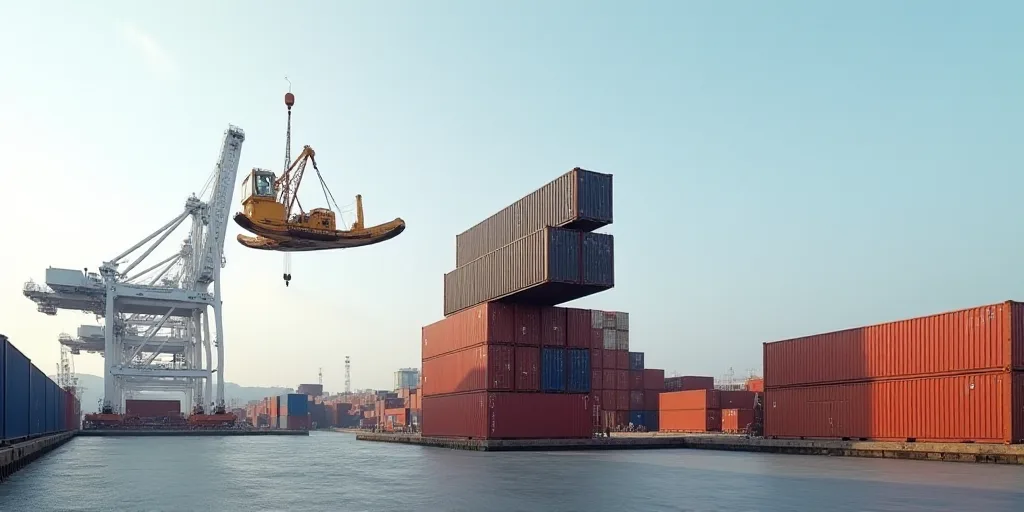In 2024, Mexico’s export powerhouses bolstered the country’s foreign trade despite emerging uncertainties. Key states showed positive growth, while others faced challenges.
According to the National Institute of Statistics and Geography (Inegi), Mexico’s 32 federal entities combined for $552,724 billion in exports, marking a 3.6% annual increase—higher than the previous year’s 2.5%.
Leading Export States
- Chihuahua: Took the top spot with $75,394 billion in exports.
- Coahuila: Ranked second with $67,606 billion.
- Nuevo León: Came in third with $57,310 billion.
- Tamaulipas, Guanajuato, Jalisco, and Sonora followed closely, noting the Bajío region’s strong presence among border states.
Notably, San Luis Potosí ranked ninth with $23,371 billion in exports, surpassing Estado de México ($22,860 billion), another leading industrial state. The Bajío region’s consistent growth over recent years is attributed to its manufacturing focus.
Export Growth Highlights
- Jalisco led with a 11.9% increase.
- Guanajuato saw an 8.8% rise.
- Chihuahua’s exports grew by 7.8%.
- Tamaulipas experienced a 7.7% boost in its foreign sales.
- Sonora’s exports increased by 6.5%.
Declining Export States
While most top-exporting states thrived, 10 entities faced export declines in 2024. Most of these setbacks occurred in southern Mexico:
- Campeche (-21.3%)
- Tabasco (-20.2%)
- Chiapas
- Hidalgo
- Puebla
- Durango
- Querétaro
- Veracruz
- Quintana Roo
- Tlaxcala
States with low export volumes, like Quintana Roo ($36 million), Nayarit ($395 million), and Baja California Sur ($590 million), also reported minimal gains. These states primarily rely on tourism.
Banorte anticipates U.S. trade policies will continue influencing Mexico’s exports, especially regarding reciprocal tariffs and T-MEC negotiations. The bank expects notable effects in the first half of 2025, including potential disruptions due to aduana delays and crossing slowdowns.



